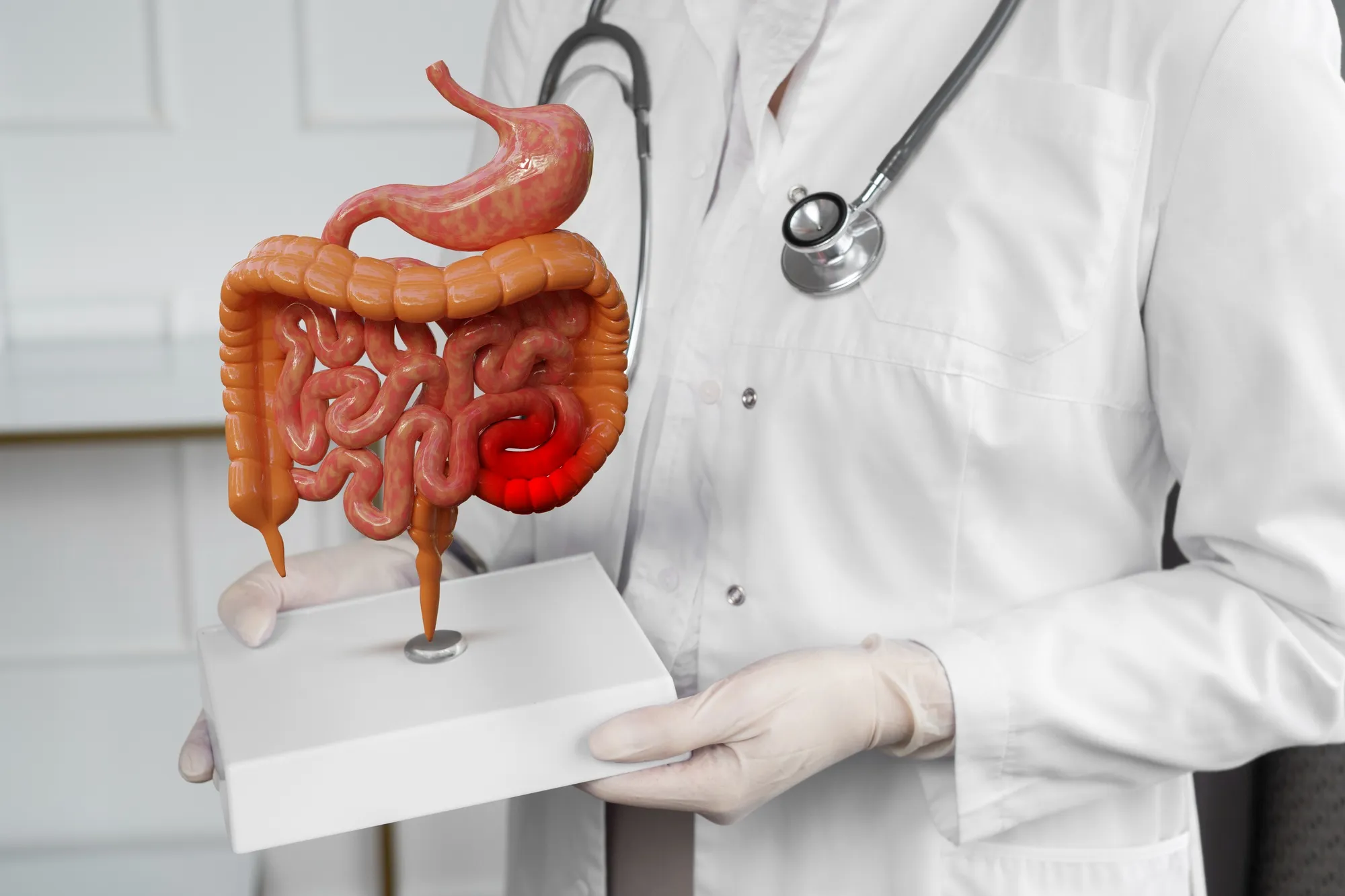In what could be a significant development for patients suffering from cancer cachexia, a new study published in the journal Biochimica et Biophysica Acta Molecular Cell Research demonstrates the therapeutic potential of baicalein, a naturally occurring flavonoid, in moderating AKT signaling to combat muscle atrophy associated with this debilitating condition. This finding offers hope to countless patients affected by the severe muscle wasting that often accompanies advanced cancers.
DOI: 10.1016/j.bbamcr.2024.119670
Cancer cachexia is a complex, multifactorial syndrome characterized by profound weight loss, muscle atrophy, and systemic inflammation that is commonly seen in terminal cancer patients. This energy-wasting syndrome not only diminishes a patient’s quality of life but also adversely impacts their response to cancer therapies, making it a critical area of medical research.
The study, conducted by an impressive contingent of researchers from the College of Korean Medicine at Kyung Hee University, led by Gahee Song and Jea-Young Um, in conjunction with other collaborators, has offered new insights into the moderating effect of baicalein on AKT signaling pathways, which is crucial for preventing muscle degradation in cachectic patients.
Baicalein, a bioactive flavonoid derived from the roots of Scutellaria baicalensis and other species, has been traditionally used in East Asian medicine and has recently gained attention for its potential in modern medical applications due to its anti-inflammatory, anti-oxidant, and anti-tumor properties. The recent findings published under the article number 119670 show baicalein’s positive effect in attenuating weight loss and preserving both skeletal muscle and white adipose tissue (WAT) in CT26 colon cancer-induced cachectic mice models.
The research team conducted extensive in vivo and in vitro studies to uncover the mechanisms underlying baicalein’s beneficial effects. They discovered that baicalein treatment significantly increased muscle fiber thickness and suppressed muscle-specific ubiquitin-protease system components, such as F-box only protein 32 (Atrogin-1) and muscle RING-finger protein-1 (MuRF-1). These proteins are typically upregulated in muscle wasting conditions and are involved in the degradation of muscle proteins.
One of the crucial findings of the research is centered on the role of AKT phosphorylation. AKT, also known as Protein Kinase B, is a central node in a variety of cellular processes, including metabolism, cell proliferation, and survival. In the context of baicalein treatment, activated AKT phosphorylation contributed to the inhibition of muscle proteolysis. When the action of AKT was inhibited with LY294002, a specific inhibitor, the protective effects of baicalein on muscle atrophy in the cachexia model were nullified, implicating the AKT pathway as a critical mediator in this process.
The publication of this research provides an important stepping stone toward the clinical application of baicalein as a therapeutic agent to manage cachexia in cancer patients. The article emphasizes not only the potential health benefits of baicalein but also demonstrates the value of integrating traditional medicine knowledge with modern molecular biology techniques to contribute to drug discovery and patient care strategies.
Keywords
1. Baicalein muscle atrophy
2. Cancer cachexia treatment
3. AKT signaling inhibitor
4. CT26 colon cancer cachexia
5. Muscle wasting therapy
References
1. Song, G., Park, W. Y., Jiao, W., Park, J. Y., Jung, S. J., Ma, S., … Um, J. Y. (2024). Moderating AKT signaling with baicalein protects against weight loss by preventing muscle atrophy in a cachexia model caused by CT26 colon cancer. Biochimica et Biophysica Acta Molecular Cell Research, 119670. DOI: 10.1016/j.bbamcr.2024.119670
2. Argilés, J. M., López-Soriano, F. J., & Busquets, S. (2018). Therapeutic potential of interleukin-15: a myokine involved in muscle wasting and inflammation. Drug Discovery Today, 23(2), 270-274.
3. Penna, F., Costamagna, D., Fanzani, A., & Bonelli, G. (2016). Muscle wasting in cancer cachexia: clinical implications, diagnosis, and emerging treatment strategies. Annual Review of Medicine, 67(1), 311-328.
4. Benny Klimek, M. E., Aydogdu, T., Link, M. J., Pons, M., & Koniaris, L. G. (2010). Acute inhibition of myostatin-family proteins preserves skeletal muscle in mouse models of cancer cachexia. Biochemical and Biophysical Research Communications, 391(3), 1548-1554.
5. Tisdale, M. J. (2009). Mechanisms of cancer cachexia. Physiological Reviews, 89(2), 381-410.
